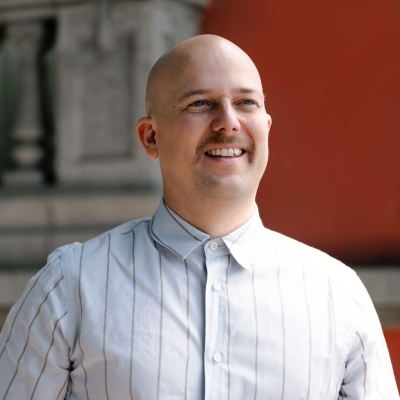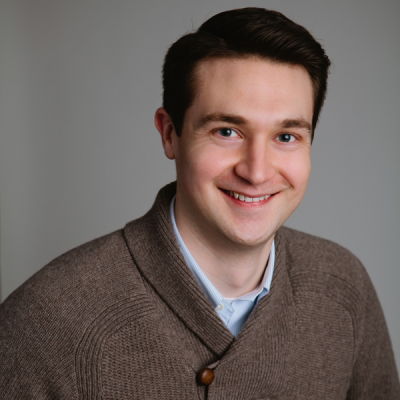This editorial was first published by the New York Daily News.
New York City’s eight selective high schools are rightfully sought after. Most consistently rank near the top of U.S. secondary schools. Their alumni include multiple Nobel laureates. Their graduates garner bountiful acceptance letters from Ivy League universities and go on to become the innovators, job creators, scientists, and leaders of tomorrow.
Each year, tens of thousands of eighth graders seek admission, which for decades has been based solely on whether an applicant gets above a cut-off score on the city’s Specialized High Schools Admissions Test (SHSAT). Only a few thousand make the cut.
But the racial profile of those admitted does not remotely mirror the diversity of the city’s population. Black and Hispanic youngsters comprise 67 percent of New York City students, but just 10 percent of those who attend the eight elite public high schools. Various efforts have been made over the years to fix this, but they’ve only made small dents.
Mayor de Blasio recently proposed his own remedy: overhauling the admissions process. He would scrap the SHSAT, which is taken only by students seeking admission to the specialized high schools. Instead, he’d use New York State’s standardized test results plus class ranks to select students for the specialized schools. He’d admit the top students from each middle school based on these broadened criteria, provided they’re among the top students citywide.
His proposal—if implemented correctly—could truly benefit high achievers from disadvantaged backgrounds.
Critics say admitting youngsters who don’t get top marks on an objective admissions test will erode the schools’ quality. That’s a fair concern, as is the introduction of more subjective elements into what’s already an extremely fraught process.
But all these issues extend well beyond Gotham. All across America, other programs meant to challenge high-achieving students struggle to devise entry arrangements that don’t shut out youngsters who are capable of outstanding performance but come from disadvantaged backgrounds.
And through all these efforts, there have emerged two proven ways to safeguard elite schools’ excellence while also giving these children a better chance to attend schools that truly challenge them and maximize their potential. de Blasio’s plan contains elements of each.
The first is screening every student using a universal assessment that almost everyone takes—like the New York State tests that the mayor proposed—rather than relying on a separate exam that families must seek out. Broward County, Florida, employed this approach, and it worked really well for poor and minority youngsters, report economists Laura Giuliano and David Card.
The second is analyzing scores at the school level instead of the district level, so that able kids in every “feeder” school get a fair shot at the prize. This diversifies the qualifying populations across communities in a way that doesn’t favor advantaged kids as much as district-wide competitions tend to do. That’s why the University of Texas offers admission to the top 7 percent of graduates of every high school in the state rather than the top 7 percent statewide.
The problem with de Blasio’s plan, however, is that many details are yet to be decided, so botched execution could result in the lowered standards that many fear.
To protect against this, and to ensure that the selection criteria are fair and reliable, state lawmakers should codify a new admissions formula that includes a mix of test scores and grades from both seventh and eighth, but that preserves the central role of external assessments in admissions decisions.
Attaching high stakes to letter grades could lead to unintended consequences, such as influencing students to take easy classes and inflating grades.
New York City has long failed its high achievers from disadvantaged backgrounds. They seldom get the opportunity to attend challenging programs with bright peers, and their potential is rarely maximized. So Mayor de Blasio’s reforms could be a step in the right direction—if they’re implemented well.
Editor’s note: Look for a rebuttal to Tyner and Wright’s argument in next week’s Gadfly, from Fordham’s own Chester E. Finn, Jr.




